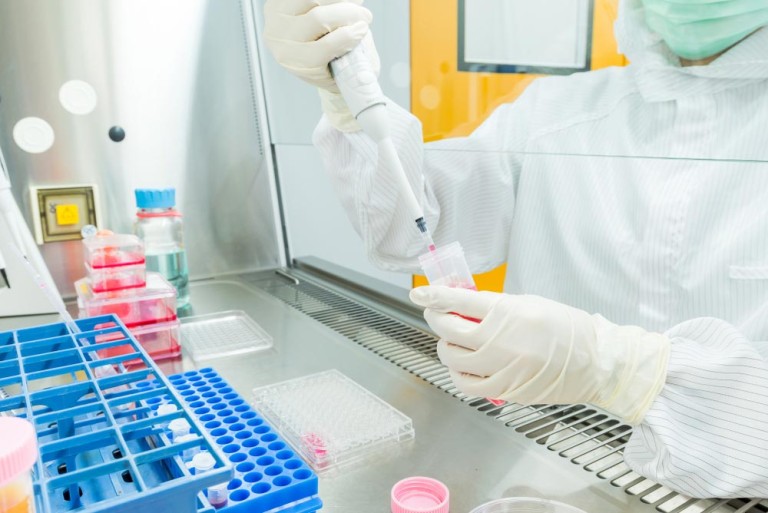
What Is an ISO Class 7 Cleanroom?
An ISO Class 7 cleanroom is a controlled environment that adheres to specific cleanliness standards defined by the International Organization for Standardization (ISO). Cleanrooms are essential in industries where the presence of contaminants, such as dust, microbes, or particles, can compromise the quality and integrity of products, processes, or research. The ISO standards classify cleanrooms on a scale ranging from ISO Class 1 (most stringent) to ISO Class 9 (least stringent), based on the allowable particle count within the cleanroom environment.
For an ISO Class 7 cleanroom:
- Particle Count: The ISO Class 7 standard specifies the maximum allowable particle count per cubic meter of air for particles equal to or larger than 0.5 micrometers. In the case of an ISO Class 7 cleanroom, the permissible particle count is limited to 352,000 particles per cubic meter.
- Air Quality: ISO Class 7 cleanrooms require high-efficiency air filtration systems, often utilizing HEPA (High-Efficiency Particulate Air) or ULPA (Ultra-Low Penetration Air) filters. These filters effectively remove particles from the air, contributing to the cleanroom's controlled environment.
- Temperature and Humidity Control: Maintaining stable temperature and humidity levels is crucial in an ISO Class 7 cleanroom. Control over these factors helps prevent the generation of particles and ensures a consistent environment for sensitive processes.
- Personnel Garb and Procedures: Strict gowning procedures are implemented for personnel entering ISO Class 7 cleanrooms. This typically involves wearing specialized cleanroom suits, gloves, masks, and other protective gear to minimize the introduction of contaminants from outside sources.
- Cleanroom Design: The design and construction of ISO Class 7 cleanrooms involve careful consideration of materials and surfaces to minimize particle generation. Smooth, non-porous materials are used to create an environment that is easier to clean and less prone to contamination.
- Airflow Control: Positive air pressure is often maintained within the cleanroom to prevent the entry of external contaminants. The controlled airflow helps create a barrier, ensuring that particles are pushed out of the cleanroom rather than being drawn in.
ISO Class 7 cleanrooms find widespread application in industries such as pharmaceuticals, biotechnology, electronics, healthcare, aerospace, and other sectors where precision and cleanliness are critical for product quality and safety. The controlled environment provided by these cleanrooms is essential for processes where the slightest contamination can have significant consequences.
How Technical Safety Services Can Help You With Cleanroom Testing
Technical Safety Services is your one-stop shop for cleanroom certification services.
Our experts are experienced in conducting certification tasks, including:
- Accurately assessing your facility’s airflow volume
- Testing the integrity of your HEPA filter system
- Measuring non-viable airborne particulate levels
- Calculating room air exchange rate
- Measuring room differential pressure
- Measuring temperature and relative humidity
- Conducting viable environmental monitoring
To learn more about Technical Safety Services’ approach to cleanroom air monitoring services, or to get started on a new project, please contact us today.

